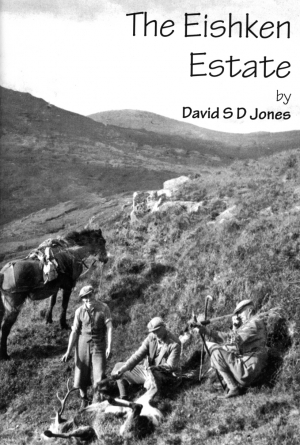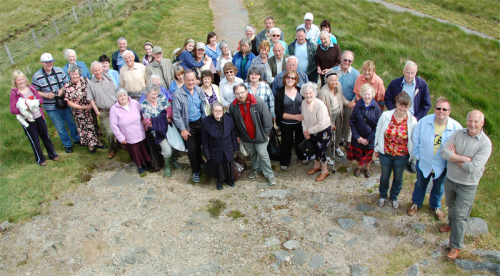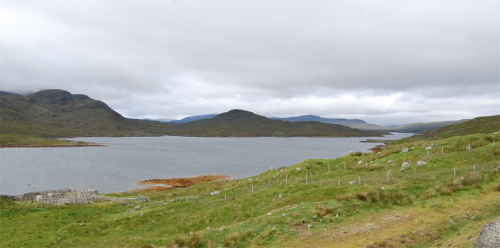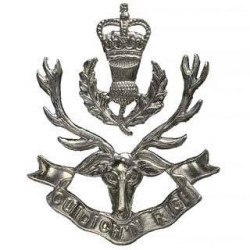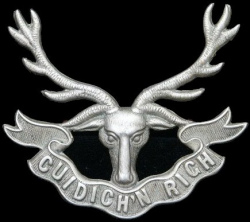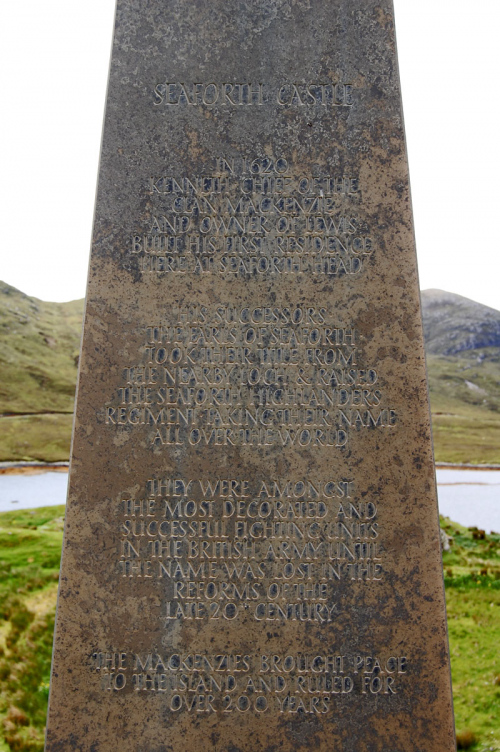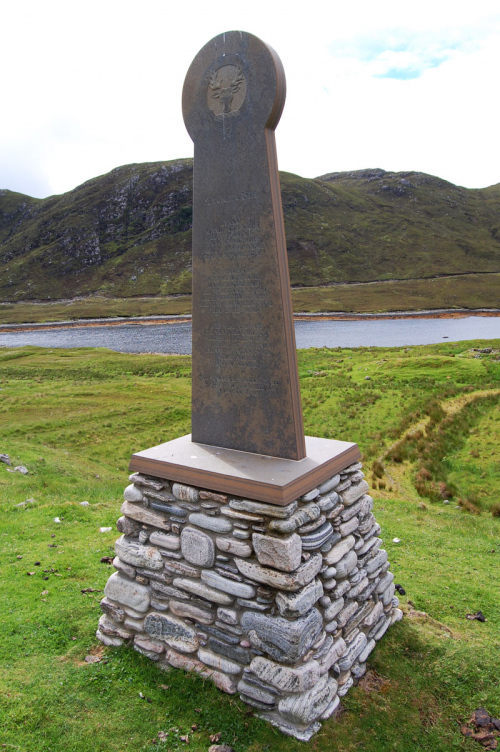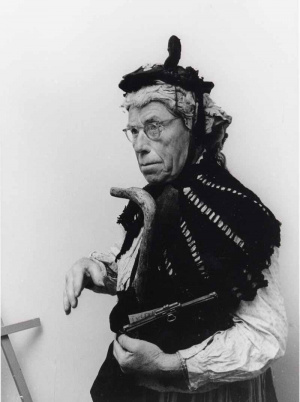NEW BOOKLET ON EISHKEN ESTATE LAUNCHED IN ORINSAY
An impressive illustrated new publication about the history of the Eishken estate in Pairc, Lewis, written by well-known historian David Jones, was launched by Comunn Eachdraidh na Pairc at Orinsay Village Hall recently.
The huge extent of the peninsula of Pairc, which but for a narrow neck of land between the heads of Loch Erisort and Loch Seaforth would be an island, together with its remoteness from main population centres, and dramatic mountain and coastal scenery, have always marked it out as special. There is now growing evidence that Pairc was the private deer park of the owners of Lewis from an early date, a fact which almost certainly explains its name. The population of this vast area was probably relatively sparse up to the late 18th century when kelp and fishing began to take on greater economic importance and led to landlords encouraging local populations around the coastal fringes, perhaps for the first time. But the collapse of the kelp industry in the 19th century, together with the high rents available for a time from sheep farming, followed by the fashionable interest in deer forests during the Victorian period, transformed the position as people once again became expendable. Read More» Posted by cepaircadmin | 2 comments
